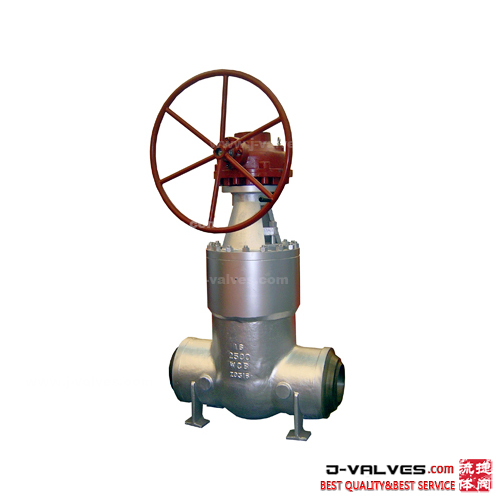Views: 0 Author: Site Editor Publish Time: 2023-12-28 Origin: Site









High operating torque:
Due to the wedge shaped structure, when opening and closing, the gate has to overcome significant friction and medium pressure. As a result, a relatively high operating torque is needed. This may make manual operation more difficult and often requires more powerful actuators such as larger handwheels or electric actuators.
High demand for medium cleanliness:
The gap between the gate and the valve body is small. If there are impurities, particles, or sediments in the medium during operation, the gate is prone to get stuck or blocked. This can affect the normal opening and closing and sealing performance of the valve and may even damage the sealing surface. So, it requires a relatively clean medium.
Difficulty in processing and maintenance:
Especially for single - disc wedge gate valves, the precision requirement for the angle of the sealing surface is high, making processing and grinding difficult. Once the sealing surface is worn or damaged, it is quite challenging to repair and usually requires professional skills and equipment.
Limited adaptability to temperature changes:
In high - temperature or low - temperature environments, because of the thermal expansion and contraction of materials, the wedge - shaped gate may get stuck or the seal may become loose. Although double - disc wedge gate valves have some improvements in this regard, their adaptability to temperature changes is still relatively weak compared to some other types of gate valves.
Not suitable for fine - tuned flow control:
Wedge - gate valves are mainly used for full - open and full - close operations and are not good at precise flow regulation. In applications that require fine - tuned control and throttling of the flow, their performance is inferior to that of valves like ball valves and globe valves.